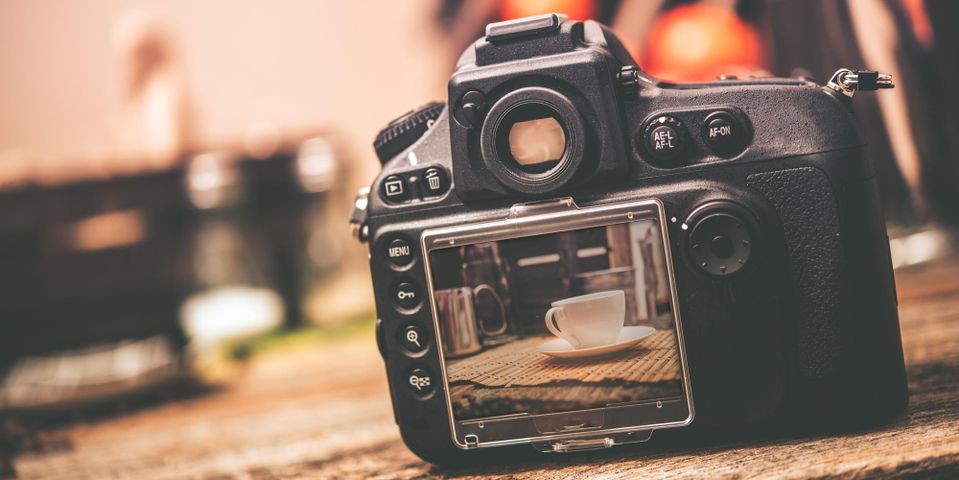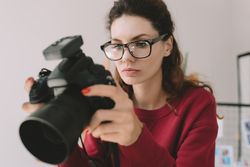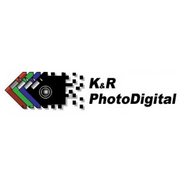
Blurriness or unsharpness can ruin the best photographs, and you may not have the opportunity to capture the same picture again. Problems with sharpness may be related to your lens, and professionals will recommend having it calibrated. This is a crucial task if you want new and used cameras to perform their best.
A Guide to Camera Lens Calibration
What Is It?
Many digital cameras use an auto-focusing feature that is activated by holding the shutter button halfway down or using back focus buttons. A sensor measures light levels through the lens with a process called phase detection. Inside most cameras are two prisms. These separate the image you see into two images, or use an image directly from the sensor in the case of mirrorless. There are various ways different cameras determine where the focus point should be - based on optics and sensor types.The auto-focus sensor then determines if they line up clearly and correctly and tells the camera how to adjust the camera's focus.
Auto-focus sensors may become unfocused from one another due to poor manufacturing, jostling around during travel, or if the camera is hit or dropped. Also, cameras and lenses from most manufacturers all have + and - tolerances that lead to errors in the Auto-Focus. Any camera body may have different settings for Each lens that is used with it in the Micro-adjustments. These settings are stored in the Camera not in the lens.
How Is It Done?

First, a camera repair professional will place the lens in front of powerful lights to expose an alignment tool at various distances depending on the focal length or lengths (for zooms) lenses. The alignment tool features several circles with alternating black and white lines or patches and a ruler to simulate the auto-focus feature.
The technician will next take a photograph of the tool and reset the auto-focus so it has to adapt again to the shapes, patterns, depth, and colors. They’ll repeat this process until the auto-focus produces a crisp, clear photo of the alignment tool.
Technicians may also use computer-based software. As you go through a similar process as with the alignment tool, the computer—connected to the camera—reads photo clarity parameters and confirms if they’re accurate based on the photo that is taken. It will then guide you on the calibration changes to make on the camera's settings page.
Why Is It Important?
A professionally calibrated lens is going to deliver the results you see in the viewfinder. Whether you’re taking portraits or landscapes, this is crucial to color clarity and definition. Seeing the texture of a fabric or each leaf in a photograph of a tree drastically enhances the effect on a viewer.
Reliable calibration also saves you time. You won’t have to worry about front or rear focusing, constantly switching to manually adjusting the focus or having to re-shoot because of clarity issues.
So if you are using Auto-Focus and shooting at or near wide open f/stops then it is critically important to have your lenses and bodies calibrated together. This pertains to all DSLR bodies and also to mirrorless to a lesser degree.
K&R provides calibration services on any camera bodies that have this function in their menu systems. You can also do your own, provided you have patience and an alignment tool. Older DSLRs without the function and all film cameras have to be calibrated physically using shims or other internal adjustments.
If you require camera maintenance services, reach out to K & R Photographics. This Fort Mitchell, KY, shop works with a variety of products, including Nikon® and Canon® cameras. They also carry a large selection of professional photo equipment, which you can learn about on their website. Call (859) 341-6986 to speak with a sales associate.
About the Business
Have a question? Ask the experts!
Send your question

